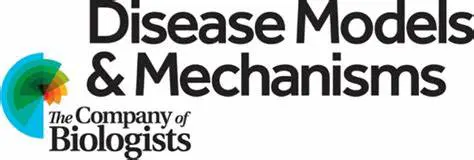Timeframe: 2016 – 2019
Goal: Use zebrafish as a model system for fibrolamellar carcinoma to study the immune system
Principal Investigator: Sofia de Oliveira, PhD

Study overview: Few FLC animal models currently exist limiting our ability to study FLC in the context of a complete organism. While cell-based models are extremely useful, animal models allow scientists to study biological processes involving multiple organs and cell types, such as tumor immunology and metastasis. Zebrafish are a valuable tool to study many diseases including cancer and have been used as a model system by the genetics community for decades. They display remarkable similarities and share many genetic signatures with humans and have been used to study liver development, hepatocellular carcinoma, and several other liver disorders. This effort planned on developing a zebrafish model of FLC and harnessing this model to study how the immune system interacts with FLC.
Key findings: Expression of the zebrafish specific DNAJB1-PRKACA fusion protein in zebrafish embryos led to increased liver size (a.k.a. hepatomegaly) and mass formation in a small subset of adult zebrafish livers. Zebrafish larvae carrying the fusion protein showed an increased presence of inflammation-responsive cells (macrophages and neutrophils) in the liver microenvironment. Subsequent treatment of the zebrafish larvae with well-characterized anti-inflammatory drugs led to a decrease in liver size as well as a reduction in the numbers of macrophages and neutrophils in the liver.
This study established zebrafish as a potentially valuable model system with non-invasive live-imaging capabilities and scalability that could be utilized to study FLC disease mechanisms and identify potential therapeutic targets. Overall, the team’s findings support the idea that non-resolving inflammation might be fueling the liver microenvironment and contributing to FLC pathology.

Details of the study were published and reported in Disease Models & Mechanisms (DMM), an Open Access biomedical research journal, in April 2020. The publication can be read or downloaded here.
